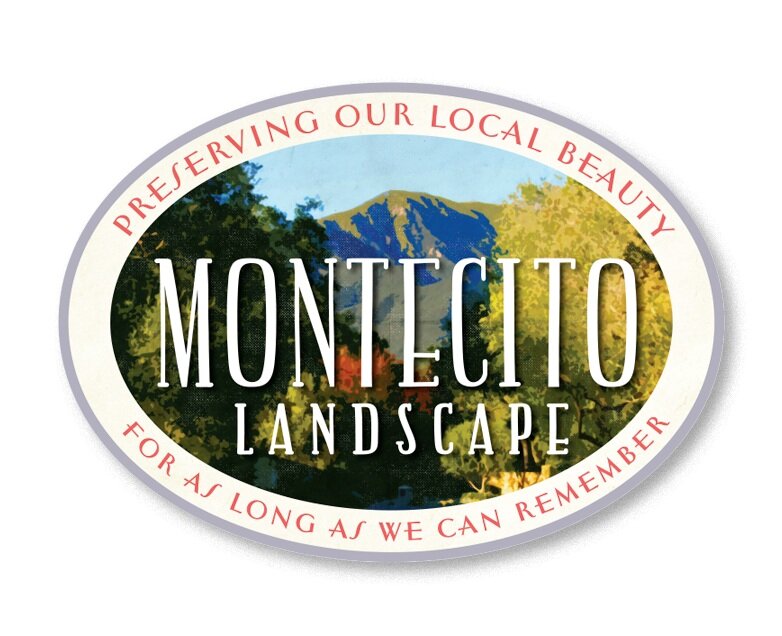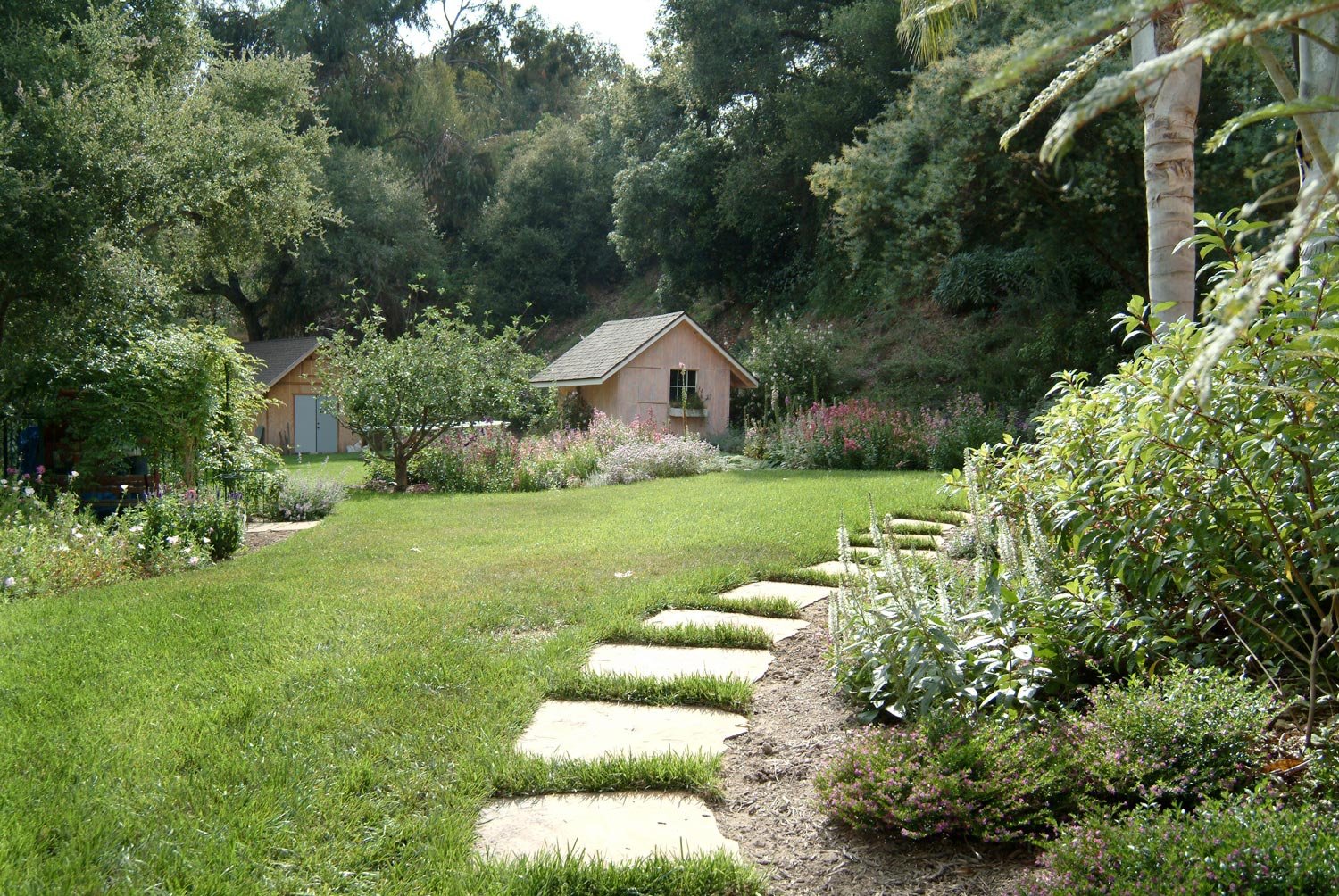Our love affair with lawns
We didn't always have a love affair with our lawns. In fact it wasn't until the industrial revolution that lawns became practical for most Americans. Lawns were seen as a luxury expense for only the wealthy who could afford groundskeepers to maintain the fine bladed plants using scythes. Not everyone wanted cattle or sheep grazing in the front yard to keep the green stuff at a manageable height as did Woodrow Wilson while occupying the White House.
American Lawns beginning
Green, weed-free lawns so common today didn't exist in America until the late 18th century. Instead, the area just outside the front door of a typical rural home was typically packed dirt or perhaps a cottage garden that contained a mix of flowers, herbs, and vegetables.
In England, however, many of the wealthy had sweeping green lawns across their estates. Americans returned to the U.S. with images of the English lawn firmly planted in their imaginations. It wasn't as easy to reproduce a beautiful English lawn. Grasses native to America proved unsuitable for a tidy and well-controlled lawn, and our extreme climate was less than hospitable to the English grass seeds.
Montecito Club golf course. Image taken from Montecito Club website
Blame it on Golfing
By 1915, the U.S. Department of Agriculture was collaborating with the U.S. Golf Association to find the right grass—or combination of grasses—that would create a durable, attractive lawn suitable to the variety of climates found in America. Included in the testing were Bermuda grass from Africa, blue grass from Europe, and a mix of Fescues and bent grass. Fifteen years later, the USDA had discovered several grass combinations that would work in our climate. We were off and running, to find the most suitable pesticides, herbicides, and fertilizers that would protect and serve newly blended mix of grasses. After all, now that we had a good grass blend, we couldn't let it starve or be eaten alive by some hungry pest, or succumb to some nasty disease.
The invention of the lawn mower
In 1870, Elwood McGuire of Richmond, Indiana designed a machine that basically brought push mowing to the masses. By 1885, America was building 50,000 lawnmowers a year and shipping them to every country on the globe.
For the average American, the invention of the garden hose and the rotary mower made the lawn a more realistic option. Until then, lawns were just too much bother for most families. When most of the necessary tools and types of grass seeds became readily available, the average homeowner was now able to grow a lawn of their own if they wanted.
PR campaign that started it all
As of yet, there wasn't a real big demand for green lawns in the front yard. It wasn't until The American Garden Club and Scotts (makers of Miracle-Gro and other chemicals) stepped in. Through contests, newsletters and other forms of publicity, they convinced home owners that it was their civic duty to maintain a beautiful and healthy lawn. So effective was the campaign that lawns were soon the accepted form of landscaping. The garden club further stipulated that the appropriate type of lawn was "a plot with a single type of grass with no intruding weeds, kept mown at a height of an inch and a half, uniformly green, and neatly edged." America thus entered the age of lawn care.
Lawns are only part of the picture
Though lawns are being seen as the culprit in today’s media, according to UC Center for Landscape & Urban Horticulture, they only amount to a small percentage of California’s water use (3-5%). Lawns do however account for 40-60% of residential landscape water. So, as a homeowner, removal or reduction of lawns could amount to quite a savings.
If you are wondering how to reduce your water use, your lawn or any other landscape question, schedule a Free Home Garden Consultation Today.
Until then, fill your garden with joy!
Source: American Lawns , UC division of Agriculture and Natural Resources




